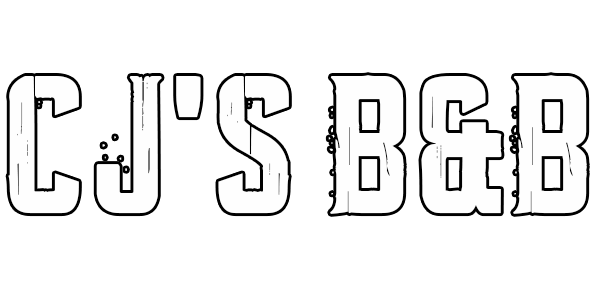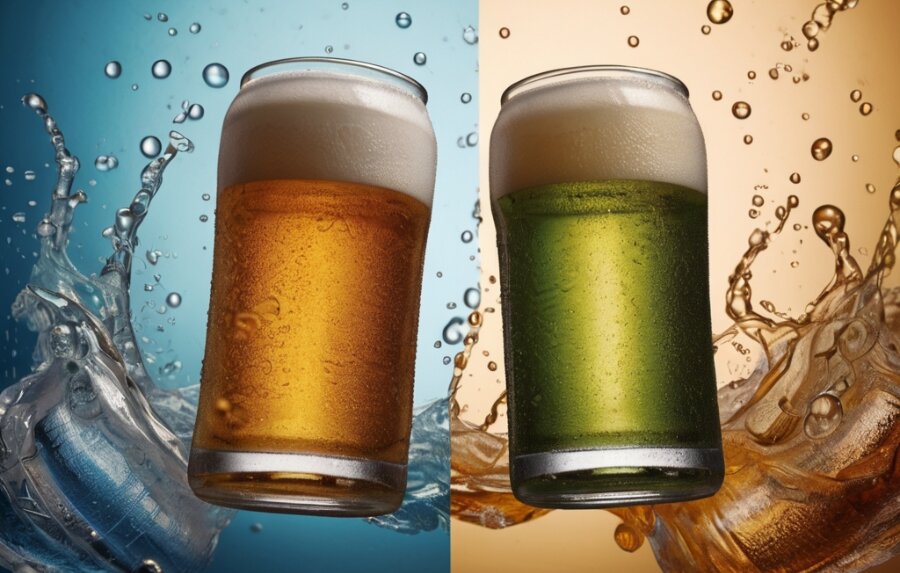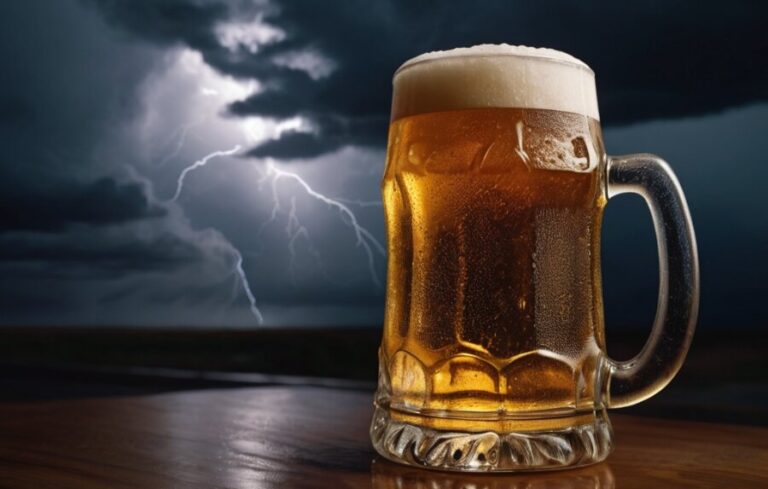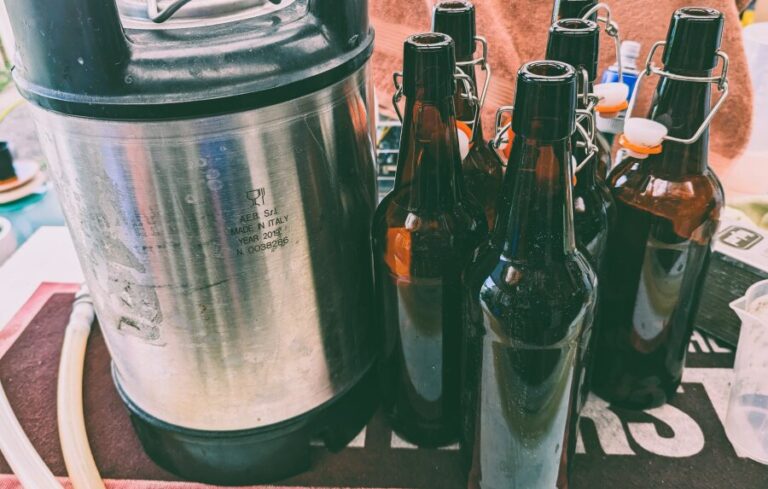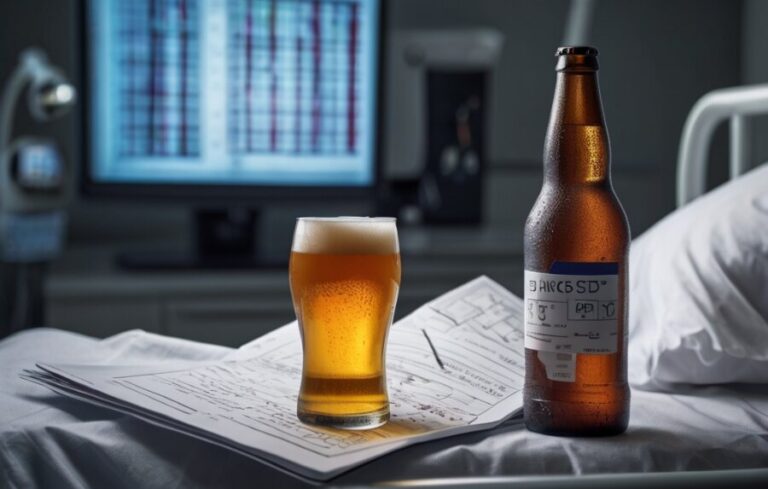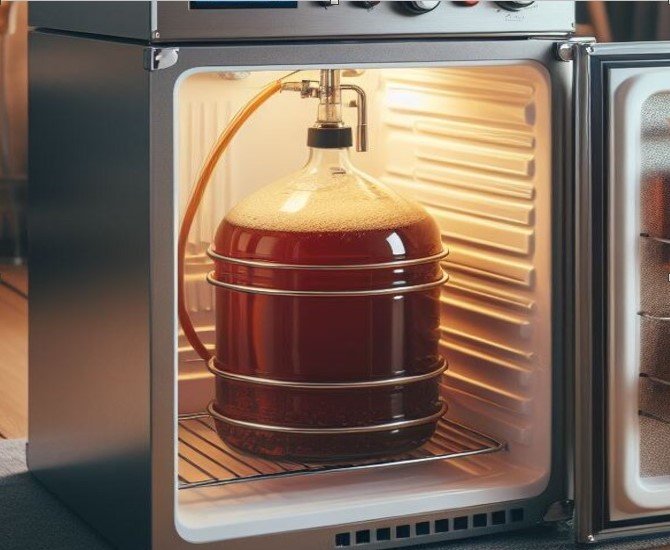Our evaluations and product assessments are conducted using a thorough and unbiased approach. Should you choose to buy any items through our provided links, we might receive a commission Read our disclosures.
Identifying Weird Flavors in Homebrew
So, I’ve been diving into homebrewing my own beer—what a ride it’s been! From nailing down flavors to fixing those that go wrong, it’s been a wild mix. Let’s talk about those funky off-flavors in homebrew that can creep in, and how to kick them out for good.
Yeasty and Green Apple Mishaps
Two troublemakers I’ve come across are yeasty esters, especially isoamyl acetate, and that annoying green apple flavor, aka acetaldehyde. Yeasty esters can show up if you’re working your yeast at too high temps, say around 80°F, without keeping an eye on things. It’s like inviting an unplanned guest to a party—it changes the vibe (Hazy and Hoppy).
To dodge these off flavors in homebrew, make sure your yeast has a cozy home. That means stable temps and giving your beer the right time to chill and age.
| Off-Flavor | Cause | Fix-It Tips |
|---|---|---|
| Yeasty Esters | High temps during fermentation | Keep temperature in check |
| Green Apple (Acetaldehyde) | Short conditioning time | Wait longer; patience is key |
Stopping Bad Flavors Like Isoamyl Acetate and Acetaldehyde
Keeping those bad flavors away in homebrew boils down to a few solid habits. Yeast pitching has to be on point—hit the right temps and aerate properly. Control your fermentation temps like it’s your job, because, well, it kinda is if you wanna brew awesome beer.
Rushing things? Big no-no. I’ve been there, done that, with disappointing results. Giving your brew an extra week in primary fermentation, bumping it from one to two weeks, makes a world of difference. It’s like giving your beer the extra nap it needs to wake up just right.
Following these steps, I’ve not only handled those pesky off-flavors but also brought the whole brewing game up a notch. Curious about more brewing tips? Check out articles on fixing cloudy beer, what to do if your beer goes flat, solutions for overly sweet beer, and protecting your batch from infections.
Off-Flavors in Homebrew: What to Look Out For
Making beer at home is a wild ride, full of discovery and a few hiccups. One major lesson I’ve picked up is how crucial it is to sniff out and fix off-flavors. Here’s a rundown of the 17 biggies and some hacks to tackle them.
The 17 Horrors (Off-Flavors) You Might Face
The Beer Judge Certification Program (BJCP) lists 17 off-flavors that can pop up in homemade brews. Knowing what these are can steer me towards brewing like a pro.
| Off-Flavor | What It Tastes Like |
|---|---|
| Acetaldehyde | Green apple—means your beer didn’t finish fermenting. |
| Isoamyl Acetate | Banana candy—yeast esters at work. |
| Diacetyl | Buttered popcorn—thanks, yeast. |
| DMS (Dimethyl Sulfide) | Cooked corn or veggies—not enough boiling. |
| Metallic | Sucking on a penny—blame bad water or metal gear. |
| Oxidation | Stale cardboard—creeps in over time. |
| Brettanomyces | Farmhouse funk—wild yeast; can be good or bad. |
| Infection | Unwanted sourness—those pesky microorganisms. |
| Phenolic | Band-aids or cloves—some yeasts or bacteria are to blame. |
| Chlorophenol | Plastic or band-aids—chlorine in the water. |
| Astringency | Puckering dryness—from grains or hops. |
| Sweetness | Candy-sweet—okay in some, bad in others. |
| Sulfury | Rotten eggs—too much sulfur, likely stressed yeast. |
| Hoppy | Face-punch bitter—overdoing the hops. |
| Lightstruck | Skunky—light got in, clear bottles suck. |
| Yeasty | Bread bomb—fermentation went haywire. |
| Cloudy | Murky look—could mean brewing issues. |
For a deep dive into murky beer madness, check my tips on homebrew beer cloudy.
Busting Off-Flavors
Nailing those off-flavors takes some detective work. Here’s my go-to checklist:
- Recipe Check: Look hard at your ingredients. Certain malts or hops naturally bring some funk.
- Fermentation Scrutiny: Lots of issues start here. Make those yeasties comfy. High temps lead to nasty esters and phenols (Hazy and Hoppy).
- No Rush: Hurrying means acetaldehyde and more disasters. Patience is your brewing buddy.
- Gear Hygiene: Clean and sanitize everything. A tiny germ can ruin your brew (Hazy and Hoppy).
- Taste Test: Keep sipping at different stages. It’s an art to catch off-flavors as they develop.
Having trouble with flat beer? Hit up my guide on homebrew beer flat for answers.
Getting to know these off-flavors and how to fix ’em has made me way better at brewing. Each batch is a lesson, crafting my skills and making better, tastier beer. Cheers to the journey!
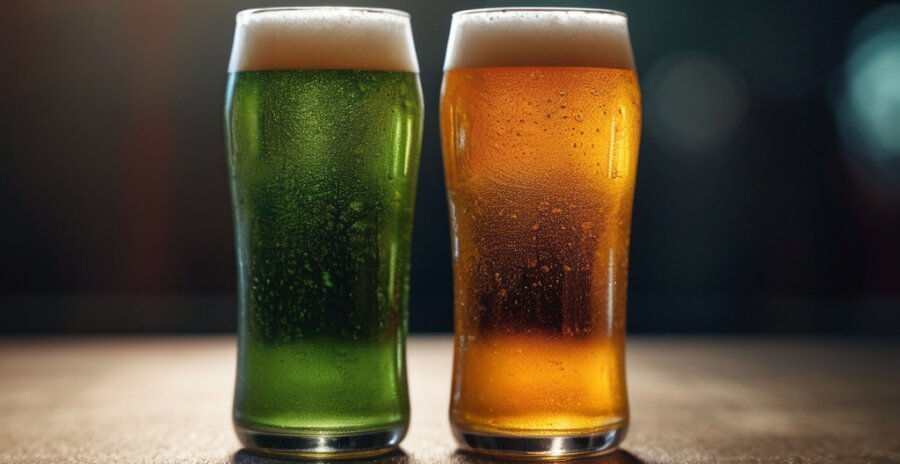
Fixing Off-Flavors in Your Homebrew
So, you’ve just uncorked a batch of your latest homebrew, and it tastes…well, less like beer and more like something that just went wrong. Don’t worry—every homebrewer hits this roadblock! Let’s dive into practical solutions to tackle those off-flavors and bring your beer back to life.
Nailing Fermentation
Getting the right conditions for fermentation is crucial if you want to dodge those weird banana or green apple tastes. Here’s where to start:
| Factor | What To Do |
|---|---|
| Yeast Pitching | Use the right amount of yeast. It’ll make sure the little guys are happy and fermenting away without causing trouble. |
| Temperature Control | Keep your fermenter nice and cozy within the yeast’s sweet spot. This prevents stress and unwanted flavors. |
| Clean Equipment | Sanitize, sanitize, sanitize! Dirt breeds bacteria, which leads to funky flavors you didn’t ask for. |
By following these tips, you ensure your yeast behaves properly, leading to a tasty and enjoyable brew (Hazy and Hoppy). Trust me, give your yeast buddies a good home, and they’ll make you proud.
Letting Your Beer Mature
Rushing to bottle your beer? Hold on! Proper conditioning lets those flavors mix and mature, giving you that smooth finish you want.
| Step | How To Ace It |
|---|---|
| Timing | Give it time to chill before you move it to bottles or a keg. Patience is a virtue here. |
| Temperature | Keep it steady. Fluctuations can mess with the flavors developing in your beer. |
| Oxygen Control | Oxygen is your enemy after fermentation. Be gentle when bottling to avoid oxidation. |
Following these tips will lead you to a cleaner, tastier beer (Hazy and Hoppy). If your beer ends up too sweet or flat, tweaking these steps might just save your next batch.
In a nutshell, focus on getting your fermentation right and let your beer mature properly. For more detailed advice, the BJCP score sheet is a treasure trove of tips for spotting and fixing off-flavors. Happy brewing!
Making Your Homebrew Shine by Extending Primary Fermentation
In my homebrewing adventures, I’ve stumbled upon a gem: extending primary fermentation. This tweak can really up your beer game and squash those annoying off-flavors like acetaldehyde.
Boosting Beer Quality
Giving your brew an extra week in the fermenter, from 1 to 2, can make a night-and-day difference. This extra time allows the yeast to clean up byproducts, smoothing out your beer and enhancing the flavor. I’ve noticed a huge improvement in my beers after making this simple change.
Here’s a quick comparison based on my observations:
| Fermentation Duration | Beer Quality Rating (1-10) | Acetaldehyde Presence |
|---|---|---|
| 1 week | 6 | High |
| 2 weeks | 8 | Low |
Kicking Acetaldehyde to the Curb
Acetaldehyde is that sneaky green apple taste you don’t want. It pops up when fermentation is rushed. By letting the yeast do its thing for 2 weeks, they metabolize sugars completely, cutting down on these unwanted byproducts.
Temperature swings and unhealthy yeast can also ramp up acetaldehyde. Keep things steady and ensure your yeast is happy and healthy. Monitor those temps and pitch your yeast at the right rate. For troubleshooting, I lean on the trusty folks over at BeerSmith.
To sum it up, extending my primary fermentation has been a game-changer. Smoother, tastier beer and way less risk of acetaldehyde. Try it in your next brew and you might just fall in love with your beer all over again. For more beer-saving tips, check out how to handle a cloudy brew, a flat beer, or a brew that’s too sweet. Keep brewing and keep improving!
BJCP Score Sheet
Hey there, homebrewers! The BJCP (Beer Judge Certification Program) score sheet is a pretty nifty tool if you’re serious about brewing top-notch beer at home. It’s like having a beer whisperer right in your pocket, with tips on spotting and fixing those annoying off-flavors that can sneak into your brew.
Sniff Out Those Off-Flavors
The BJCP score sheet breaks down 17 common off-flavors that you might run into. Knowing these flavors helps you zero in on what might be going wonky in your brewing process. Check out the table for a quick rundown:
| Off-Flavor | Description |
|---|---|
| Diacetyl | Buttery, like movie popcorn |
| Isoamyl Acetate | Bananas, anyone? |
| Acetaldehyde | Green apples, but not in a good way |
| Phenolic | Think medicine or spices |
| DMS (Dimethyl Sulfide) | Canned corn – no thank you! |
| Oxidation | Stale sherry or wet cardboard vibes |
| Infection | Sour funkiness – yikes |
| Astringency | Dry, pucker-inducing |
| Sweetness | Too sweet, even for dessert |
| Bitterness | Over-the-top bitter |
| Cloudiness | Looks like a cloudy day |
| Flatness | No fizz |
| Esters | Overripe fruit or flowers in your mouth |
| Alcohol | Harsh booze burn |
| Adjunct Flavors | Weird tastes from extra ingredients |
| Metallic | Tastes like a tin can |
| Soapy | Someone forget to rinse? |
| Vegetable | Weird veggie notes |
Knowing these flavors helps you troubleshoot and save your brew. Curious about tackling cloudiness, flatness, excess sweetness, or infection? We’ve got you covered.
Fix Those Funky Flavors
The BJCP score sheet isn’t just for identifying problems; it’s your playbook for fixing them. Here’s how I deal with them:
- Fermentation Check-Up: Keep it cool. Make sure your fermentation temps are spot on.
- Fresh Ingredients Rule: Stale hops = stale beer. Use the good stuff.
- Sanitize Like a Pro: Dirty gear leads to gross beer. Clean everything, always.
- Oxygen is the Enemy: Avoid too much air during brewing – it makes beer taste old.
- Mind the Water: Your water can change everything. Test and tweak it if needed.
Every little hiccup helps you get better. Each batch, even the not-so-great ones, teaches me something new about brewing craft beer. Ready to deep dive into specific issues? Check the links sprinkled throughout.
Keep brewing, and may your beer always be delicious and free of funk!
Microbes Messin’ with Your Homebrew Mojo
Brewing beer at home is a delicate balance, and sometimes those pesky microbes can throw a wrench in the works. Two major culprits that can mess with the flavors are Pediococcus and Lactobacillus. Here’s how these little critters can totally change your brews for better or worse, especially when it comes to those pesky off-flavors.
Pediococcus: The Butter Bandit
Pediococcus can be your best bud or your worst enemy. If kept in check, it helps make your beer nicely tart. But if it gets out of hand, it produces diacetyl—which can make your beer taste like a rancid butter bomb or burned popcorn. Yuck!
Pediococcus also creates a slimy substance called ropiness, making your beer feel like you’re drinking syrup. Not cool. To keep diacetyl in check, you need to practice good fermentation hygiene and keep your temps just right during fermentation.
| What’s Up with Pediococcus | How It Messes with Your Brew |
|---|---|
| Diacetyl | Nasty butter, burnt popcorn taste |
| Ropiness | Makes your beer slimy and gross |
Lactobacillus: Your Sour Sidekick
Lactobacillus, on the other hand, is your go-to for sour beers. It’s the same bacteria you find in stuff like yogurt and sauerkraut. This little guy ferments sugars into lactic acid, giving your beer that delightful sour zing.
This bacteria loves glucose but will also munch on fructose, maltose, and sucrose in your wort. It’s key for quick souring methods, especially kettle souring. This adds a delicious tartness to your beer that makes it complex and interesting.
| What’s Cool About Lactobacillus | How It Improves Your Beer |
|---|---|
| Lactic Acid | Gives your beer a pleasant sour punch |
| Quick Souring | Speeds up fermentation with great tartness |
By keeping a close eye on these microbes, you can prevent off-flavors and make sure every brew is a hit. If your beer ends up cloudy, flat, too sweet, or just plain infected, go back to your brewing basics and remember what those sneaky microbes can do.

